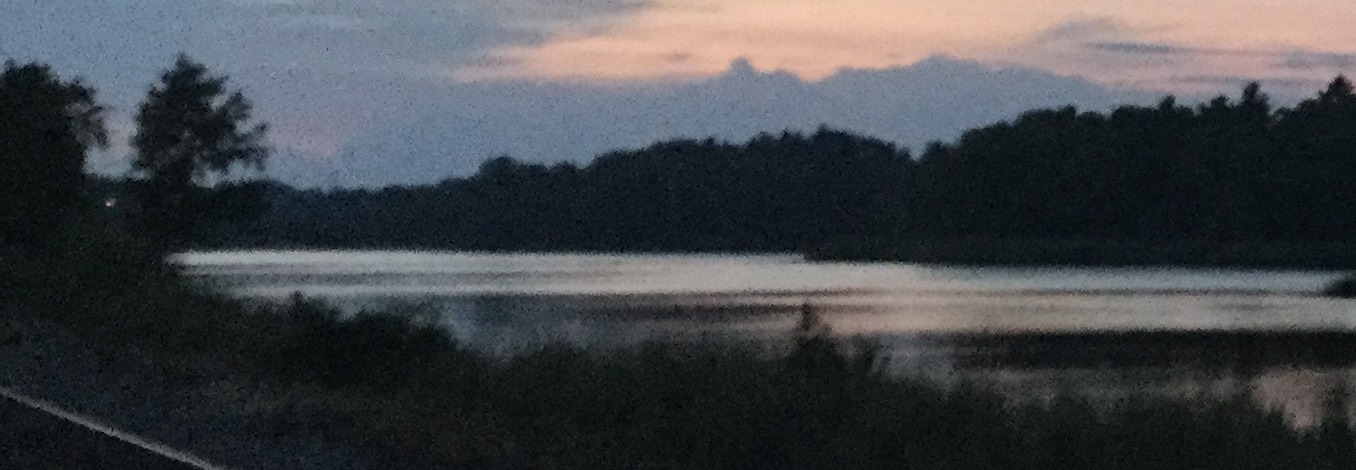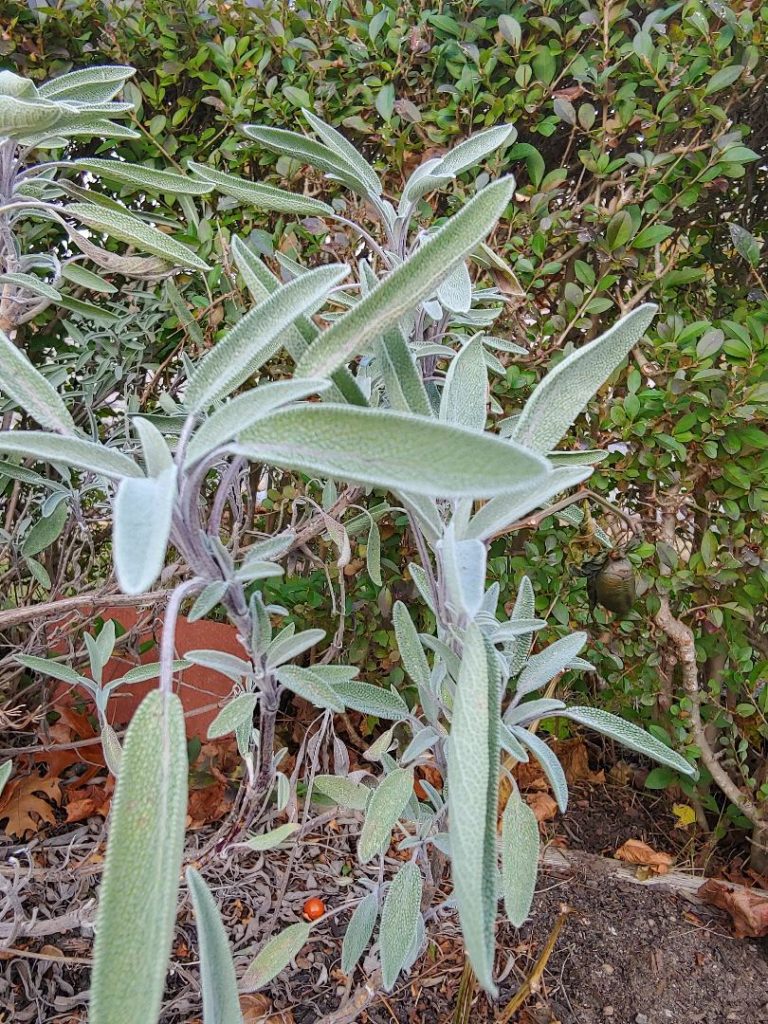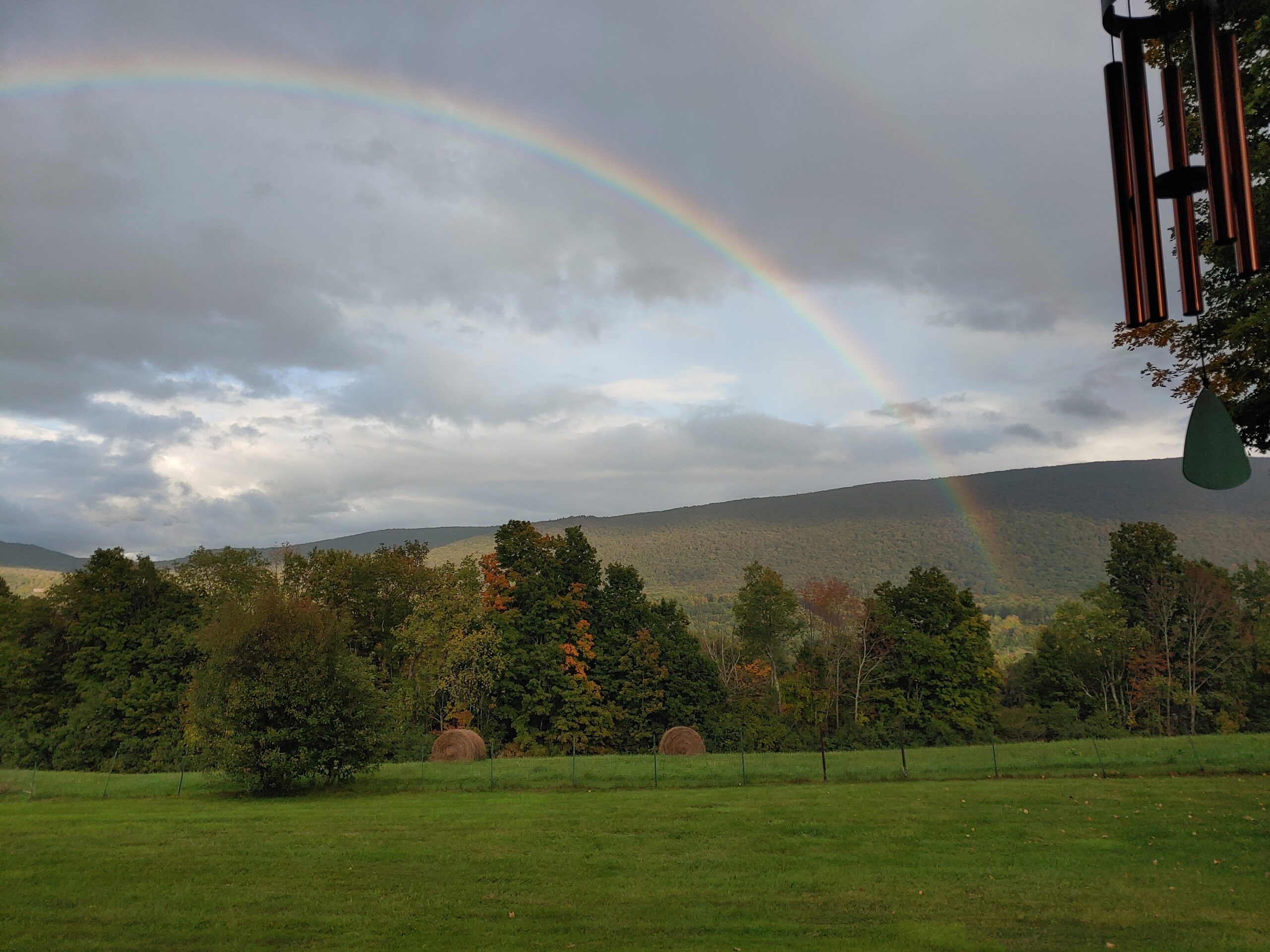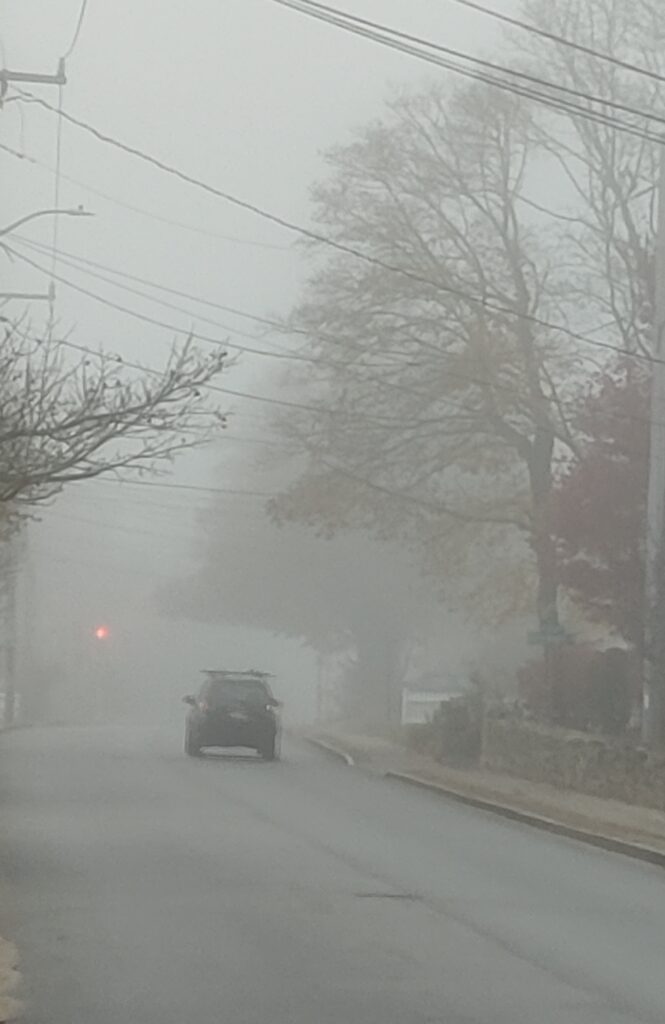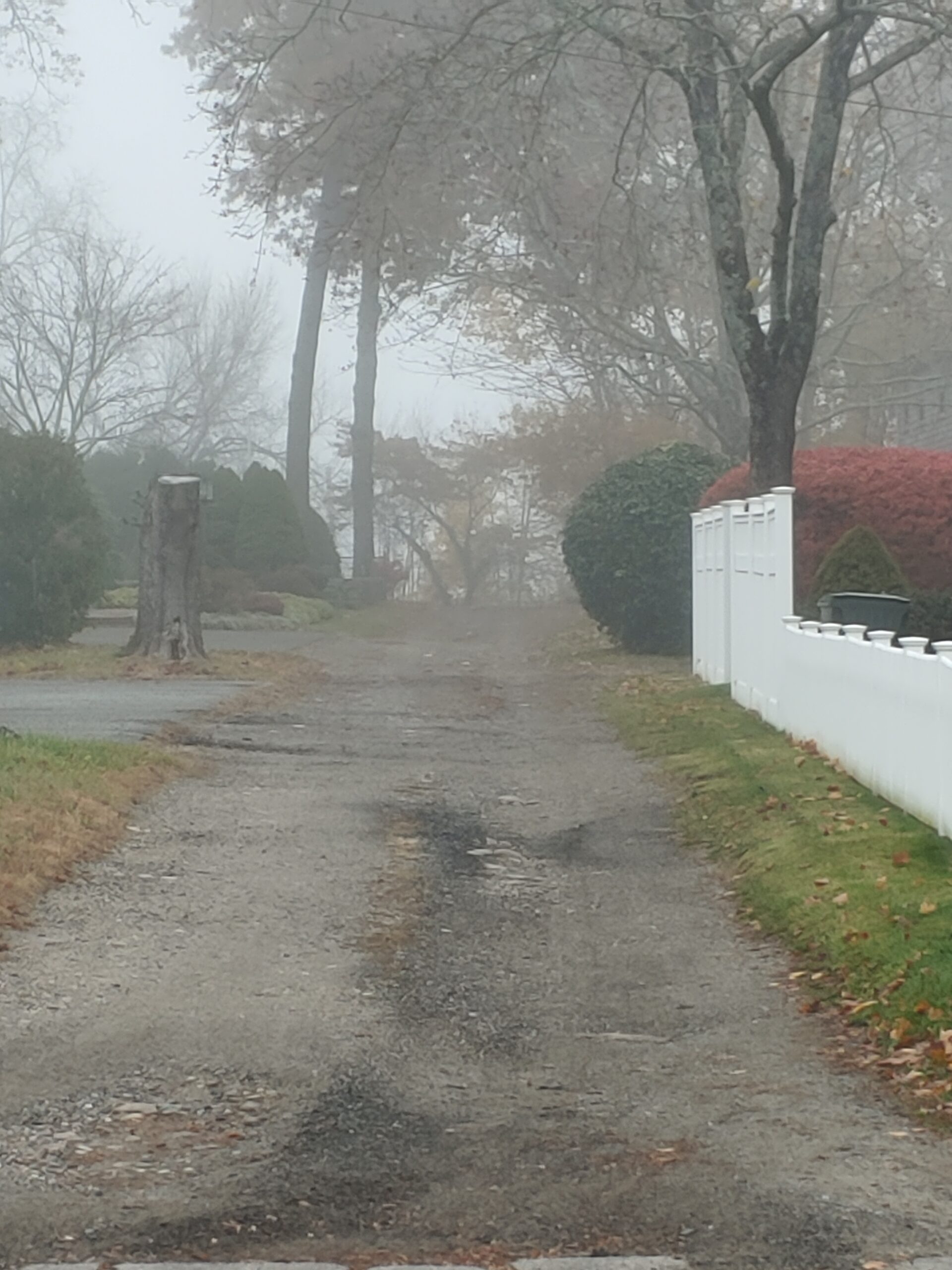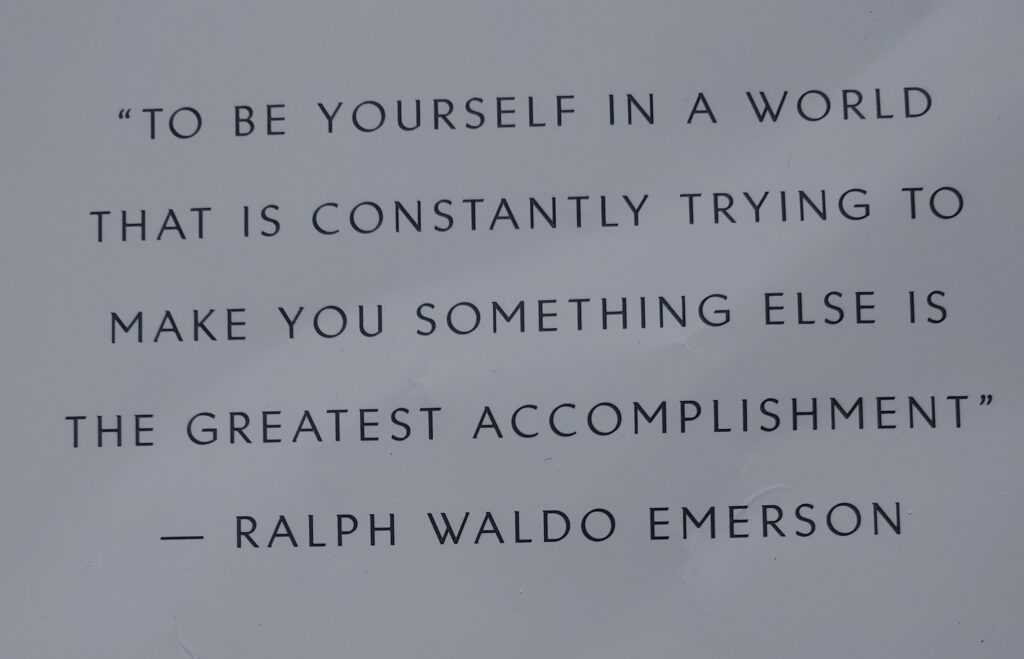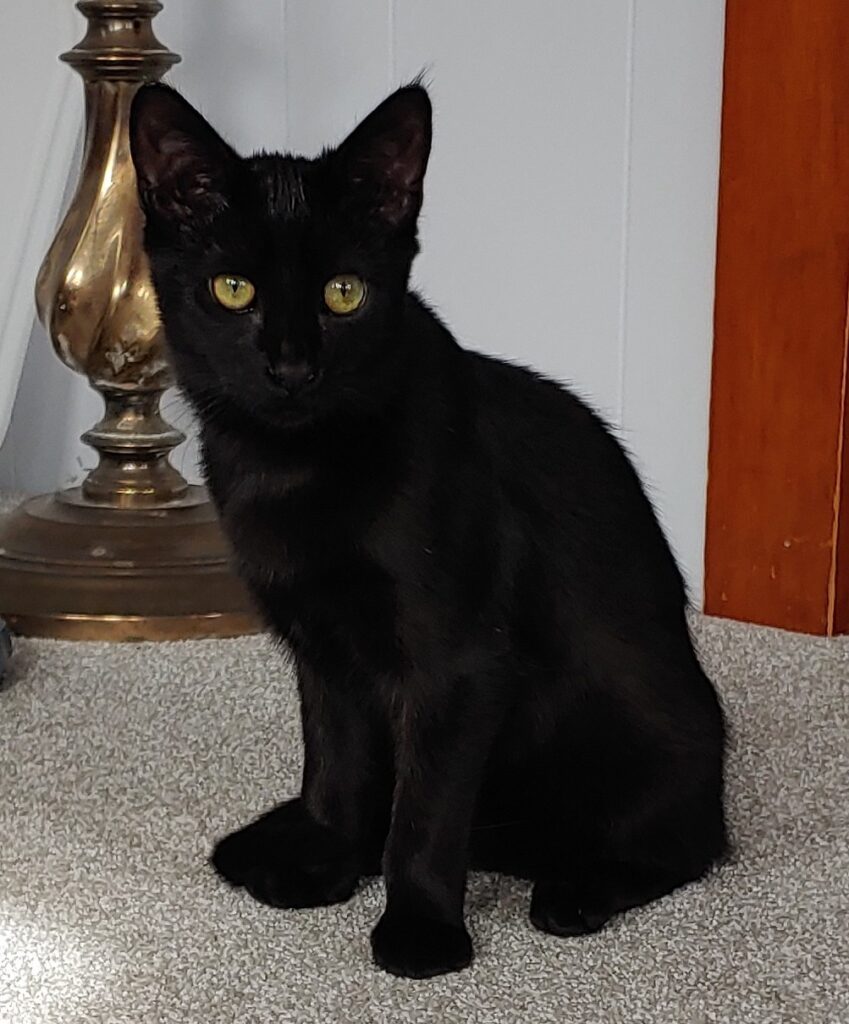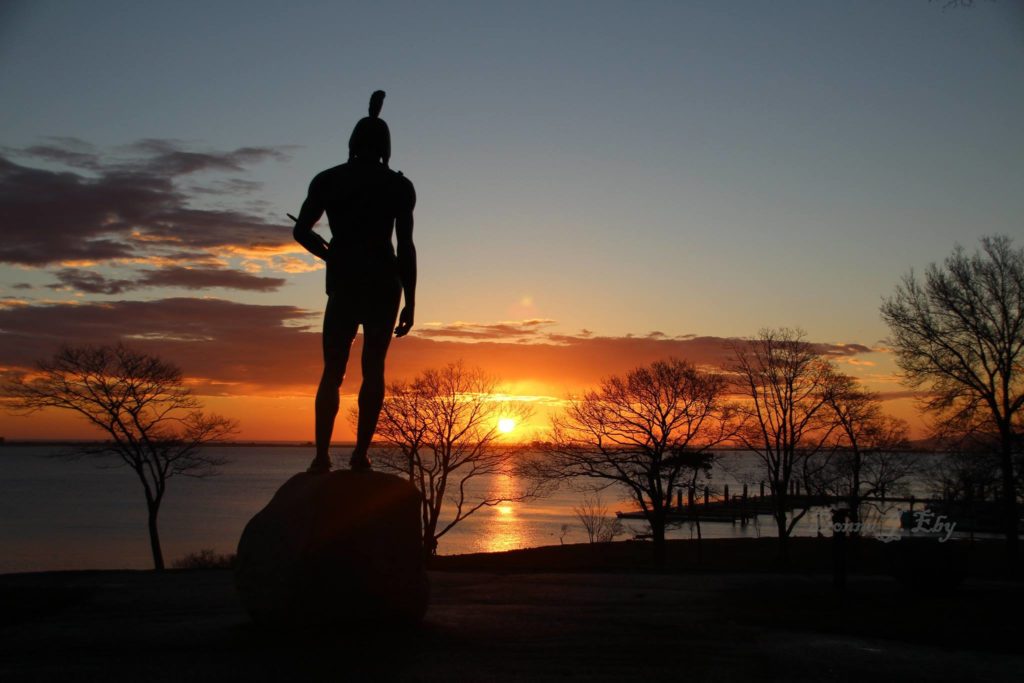I pulled the elf and snowflake mugs from their usual spot at the back of an upper shelf, and I set up a table for working on holiday themed jigsaw puzzles; hand and dish towels with snowflakes and winter scenes are in use since Thanksgiving day. Retail ads with jingly bells and twinkly tree lights are all over the television, and Hallmark Christmas movies are running 24/7. It’s the Christmas season already in one sense, and not quite Advent in another.

I’m keeping this week’s to-do list pared down to work and life essentials, giving myself the gift of time for reflection and quiet. Cookie making and shopping can wait a week, as can most of the planning and organizing for the yearly Advent devotional soon to begin. Right now, there’s time for a pause, a rest for body, mind, and spirit.
What do I hope to gain from this? Perhaps some clarity and perspective. I love the happy season of holiday decorations, music, food, and activities; I want to enjoy it at a reasonable pace rather than in a frantic rush. Even more, I want to remember that this happy trail leading to Christmas isn’t the same as the road to Bethlehem that leads to God-With-Us. That path is as full of darkness as light. It isn’t a happy trail: it’s the path to the joy that gives birth to the universe.
I hope you will walk with me…

